
The Curonian Spit is a strange piece of geography…
A short 5,000 or 6,000 years ago, the waves and winds of the Baltic Sea caused sand to accumulate in thin line in the shallow waters off Lithuania and the territory that would become the Russian enclave of Kaliningrad.
This thin strip of fragile dunes and pine forest eventually formed a lagoon, with just one narrow outlet to the sea at one end.
The shallow inland Curonian lagoon is nearly fresh water. And the side facing the Baltic Sea is pounded by high wind and waves.
This is a peaceful place, protected by birdsong. But as with so many other fragile ecosystems, the hand of man has not always had a positive effect.
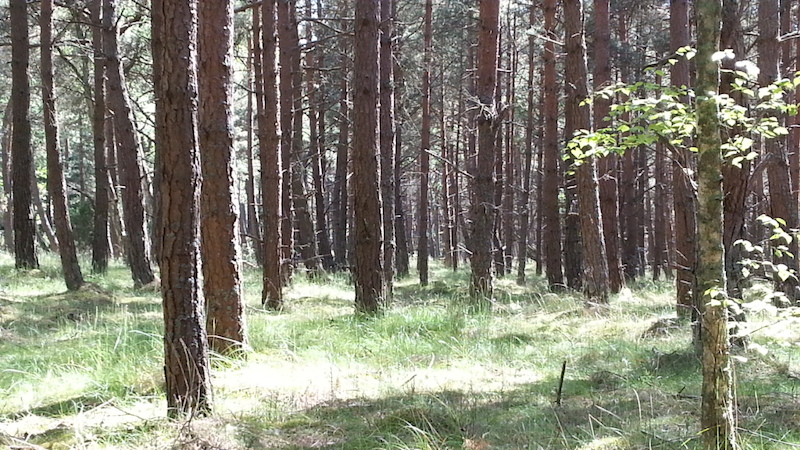
Uncontrolled deforestation in the 16th century caused shifting sands to swallow whole villages, and it threatened to shift the entire Spit back into the sea.
This fragile area became a UNESCO World Heritage site in 2000. Today, efforts are made to stabilize and reforest the region. But it’s still moving slowly towards the sea. And it may yet be lost.
There’s a quality of light here that’s like no place else. And I understand why the German landscape painters went there.
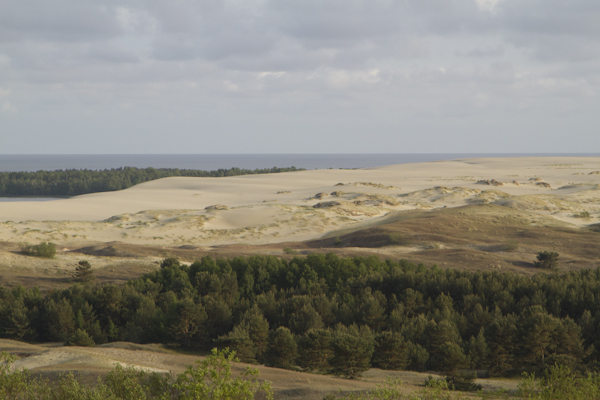
This was the second place on my trip where I crossed paths with the Die Brücke group of painters (the first was the Ludwig Gallery in Cologne). Max Pechstein and Karl Schmidt-Rottluff both came here to paint in the 1890’s.
Writers were drawn to the Curonian Spit too. The novelist Thomas Mann spent three summers here with his wife and children from 1930 to 1932. He had a thatched roof cottage high on a hill overlooking the lagoon at Nida. But the Nazi’s drove him out of Germany in 1933 and he never returned.
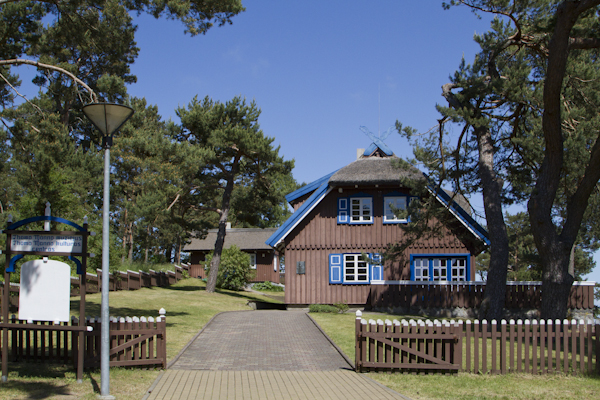
And the philosopher and novelist Jean-Paul Sarte and Simone de Beauvoir vacationed here once during Soviet times. “It feels like I’m at the entrance to paradise,” Sarte said when he saw this place for the first time.
Today the Curonian is mainly populated by fishermen, and dried fish is a staple food through the long hard winters.
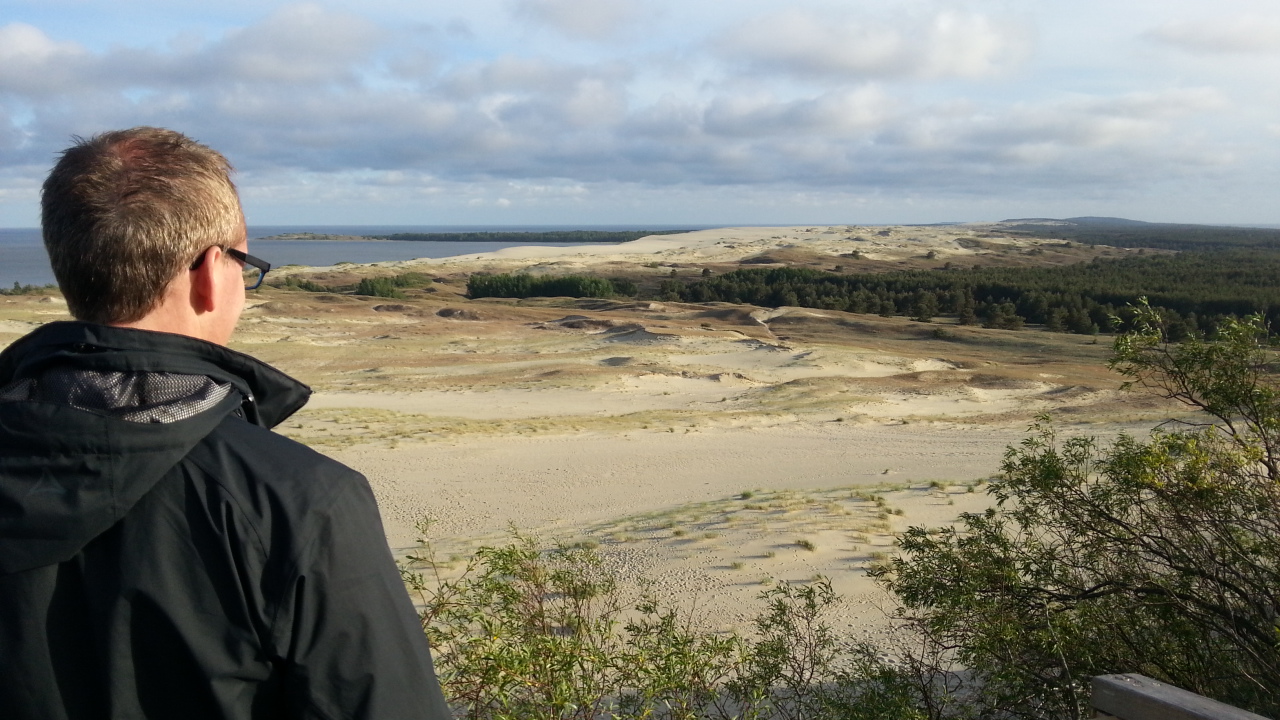
We found a small place in Nida where a local family sold some of their catch. It was frequented only by residents and us. Tourists came in, of course, but they were driven away by the same conversation that caused us to pull up a chair.
“What do you have?” we said to the young man behind the counter.
“Only smoked fish and beer,” he replied. “You can choose your own from the cabinet outside.”
“Do you have any sides?” my wife asked, hoping for potatoes or vegetables.
“Yes,” he said. “We have bread. You can help yourself from there.”
We followed him outside to a display case next to the smokehouse. We chose a bream from the lagoon, and a smaller fish from the Baltic Sea.
“That one has a lot of small bones and is more difficult to eat,” he said, holding up the bream. “But it’s the most popular fish we have. You can take a knife and fork inside, but I suggest you eat with your hands.”
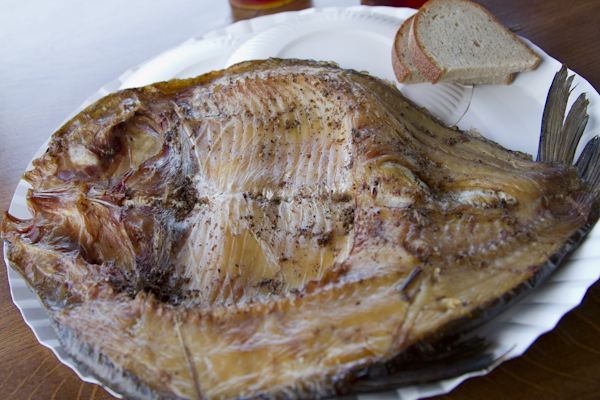
The flesh of the fish was surprisingly juicy and sweet, though it had been smoked and dried. And the strong dark beer and sour rye bread were the perfect compliment. It was a meal that tasted of the land and sea that surrounded us.
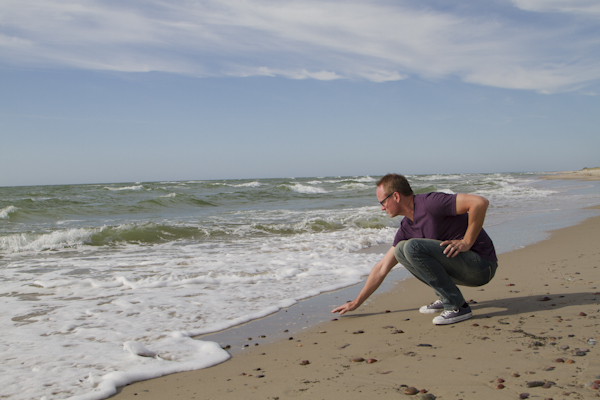
We spent 3 days wandering up and down the Curonian Spit, soaking up the forest, where birdsong echoed past tall thin trunks, and the mossy grass-covered floor seemed to soak up and absorb the light, casting back silence and mystery and a feeling that there really wasn’t anyplace else but this forest right now.
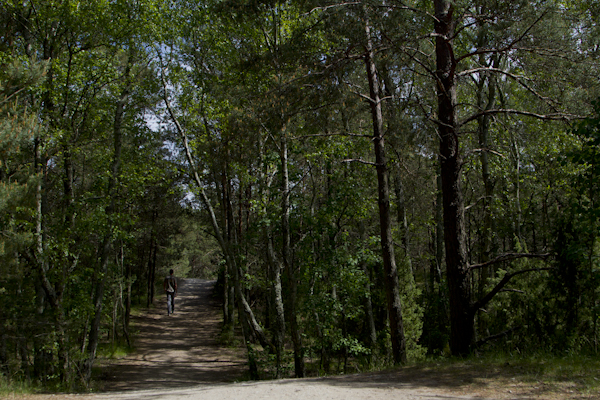
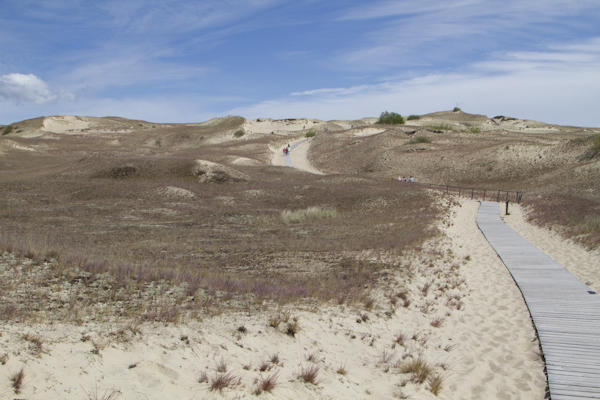
We even managed to soak up some sun on a windy but surprisingly warm Baltic Sea beach. The sea was cold, but it wasn’t the “gasping for breath” northern cold of Canadian streams and snowmelt. It was tolerable, and there was something strangely soothing in it.

But, for me, evenings were the most magical Curonian time of all. It didn’t get dark until nearly 11pm, and the sun cast it’s first glow into the skies around 3am.
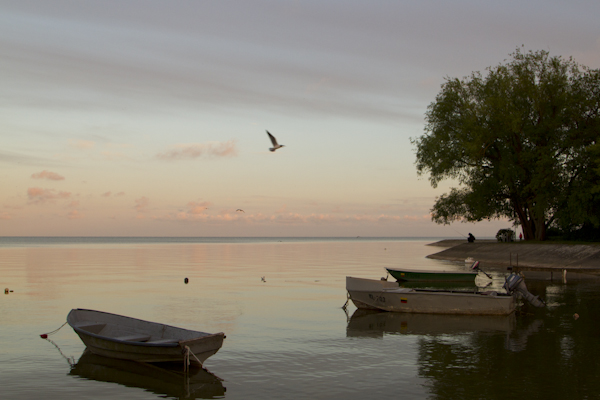
In the long evening hours before that brief dip below the horizon, the light took on the soft tones of a painting, or perhaps of a vinyl LP of classical music.
It was a magical place, and I hope very much that I might see it again.
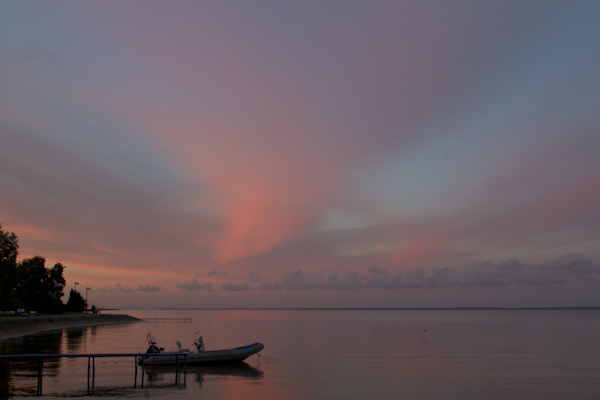
Photos ©Tomoko Goto 2015

Get your FREE Guide to Creating Unique Travel Experiences today! And get out there and live your dreams...

Incredible. I think I am moving. Great job Ryan, as usual.
Thanks very much Dana. The Curonian is one of those strange bits of geography. It’s incredibly beautiful, physically unique, but also politically strange.
I’d like to see the other side of it, in the Russian enclave of Kaliningrad. The capital of that bit used to be the German East Prussian city of Königsberg. Emmanuel Kant is buried there.